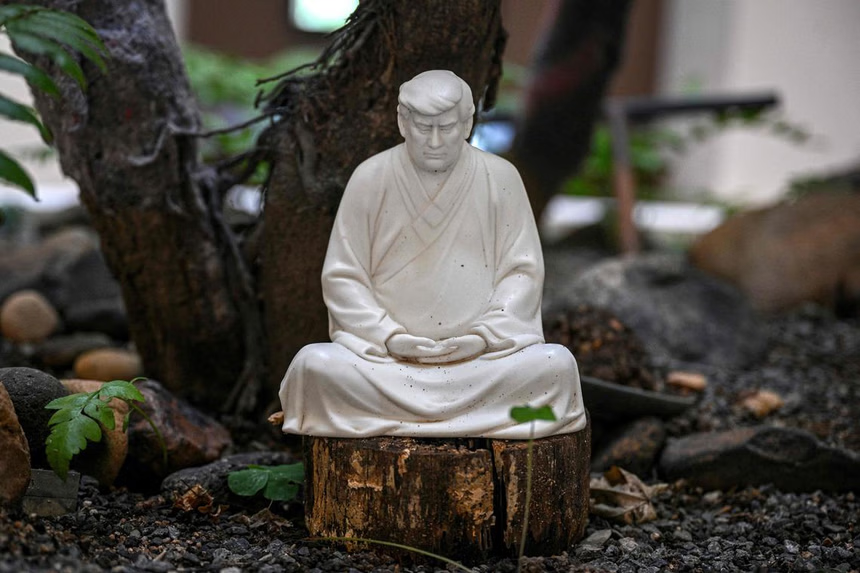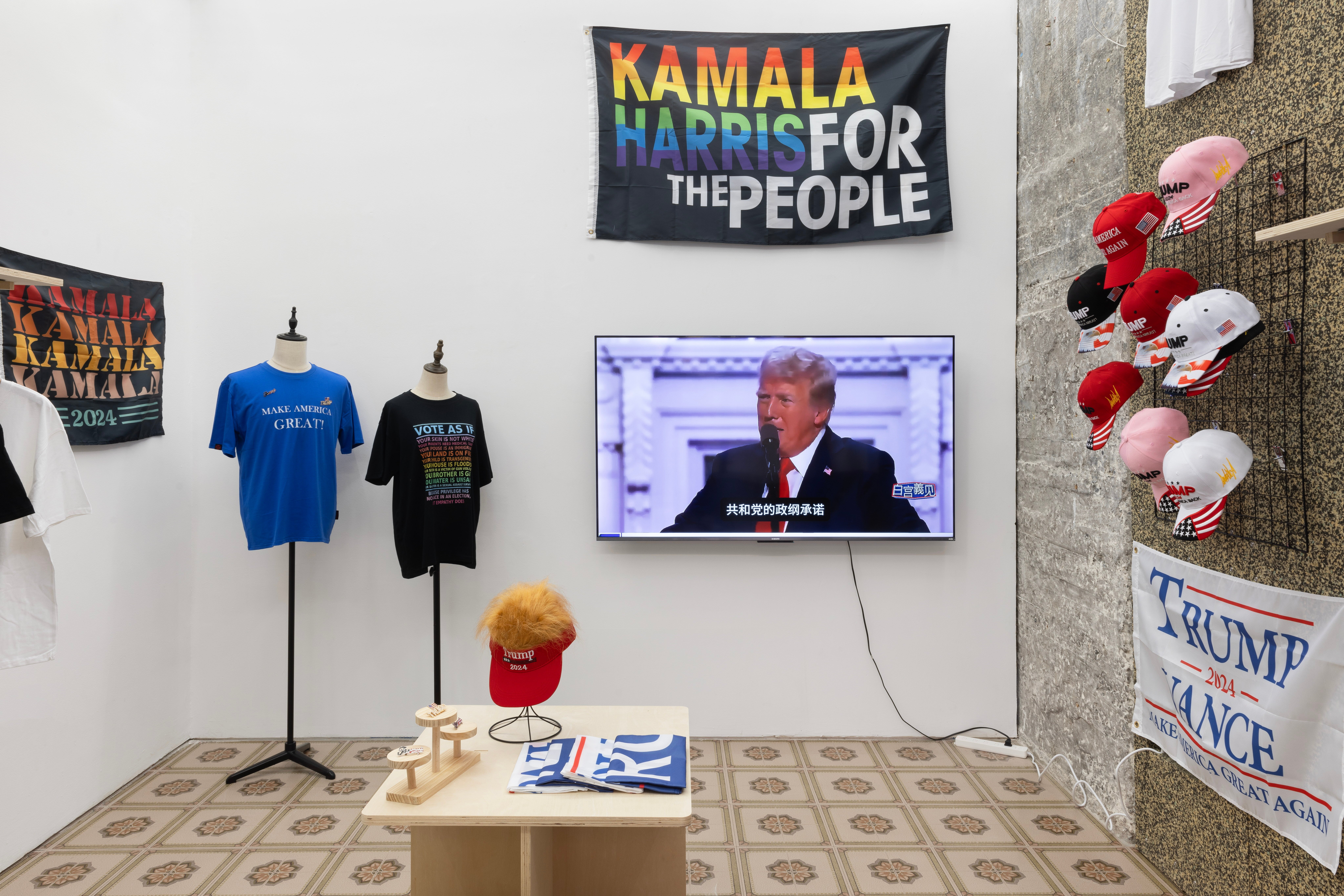Why did they build it? Did it work? Is it true the Chinese tried to get the Mongolians to pay for it?
Donald Trump’s efforts to build a border wall – not a fence, he wants us to know, but a wall – have sparked a resurgence of interest in the original prototype. The result has been a steady rehashing of tired old tropes and hoary Great Wall myths that have little to do with China. The Great Wall as metaphor has become Great Wall as cipher. Opinions and understanding of China’s wall depend largely on what one thinks of Donald Trump, your feelings on border fences in general, and, possibly, your level of racism toward Mexicans.
There was never one Great Wall. In the over 2,000-year history of Wall building in China, there have been many structures which together have been lumped together in the feverish imaginations of Western writers as “The Great Wall of China.”
There have been many states and empires which have risen and fallen within the borders of what is today China. Many of these states built barriers, earthen berms, and, yes walls, between themselves and whoever they were afraid of that day.
Dynasties in historical China were often also expansive empires, and when they pushed the limits of their territory into new frontiers, they would encounter people not always on board with the empire expansion project. When some of those people pushed back or took advantage of the proximity of the relatively wealthy and settled Chinese to enrich themselves through raids and pillaging, the Chinese would often respond by building defensive structures, including walls, creating a semipermeable barrier between civilization and the steppe.
With so many walls being built by so many different states against such a wide variety of foes, one could look at the history of Chinese walls and cherrypick just about any situation which fits your particular contemporary political argument. Did it work? Many of the walls worked some of the time, and some of the walls worked better than others.
Certainly, Chinese history is full of examples of invaders coming into China, particularly along the northern frontier. Some of these invaders were interested in little more than loot and pillage, others conquered vast areas of China and established their states south of the Wall. Perhaps the best-known example of the latter were the Mongolians, led by Genghis Khan, Kublai Khan and their descendants, who conquered China in the 13th century and made what what is today Beijing the capital of their great empire, known in Chinese history as the Yuan Dynasty.
The most famous incarnation of the Great Wall, the one with the towers and faced with brick that you see in photographs, is a product of the Ming Dynasty, which ruled China from 1368 to 1644. Like Donald Trump, Ming emperors thought of themselves as great builders, but in fact were far better at spending their ancestors’ money. The Ming Dynasty came to power after a rebellion kicked the Mongolians out of China and back into the steppe. But they didn’t kick the Mongolians very far, and there was always an imperative to protect the northern boundaries of the Ming state. The Chinese government oversaw the construction and rebuilding of towers and walls along this boundary in a process which continued throughout the duration of the Ming era. It was not one single contiguous wall; there were many spur walls, side walls, and unconnected defensive barriers. Many parts of the structure can be seen today, although not, as the old myth – what we politely call “fake news” — suggests: from the moon.
The Wall wasn’t perfect, but it did work… for a while. Both the Mongolians and the Manchus, a people from what is today Northeast China (who would later invade China), found the Wall to be a serious strategic barrier to be overcome. But a wall is only as strong as the people who are guarding it, and when the Manchus came through the wall on their way to conquer China in 1644, they did so at the request of the Ming Dynasty general guarding the pass.
Having heard that Beijing had been sacked by a Chinese rebel army, this general decided to ally with the Manchus against the rebels. This alliance succeeded in the short-term, as the combined armies expelled the rebels from Beijing, but once the Manchus were through the Wall, they took advantage of the situation to move the capital of their state, known as the Great Qing, to Beijing. The Manchus would rule China for the next 268 years.
Once ensconced in Beijing, the Manchus then unified the great forests of Manchuria and the steppes of Mongolia with the settled agricultural heartland of China. As a result, the Wall was no longer needed as a fortification, and for the most part fell into disuse and disrepair. Today China there are efforts underway to study and catalog all the walls of China and to protect what is left from over-eager tourists, commercial developers hoping to cash in, local residents who see what’s left as a quarry for building materials, and the ravages of time.
China has had walls for millennia. These walls have served different purposes at different times. But they were not boondoggles, vanity projects, or an attempt by different governments to keep China from modernizing or to shut Chinese civilization off from the world. Those are interpretations made to score points in arguments often having little to do with Chinese history.
Donald Trump may get his wall, but there will be little Great about it.
Illustration by Marjorie Wang | Column Archive |
















